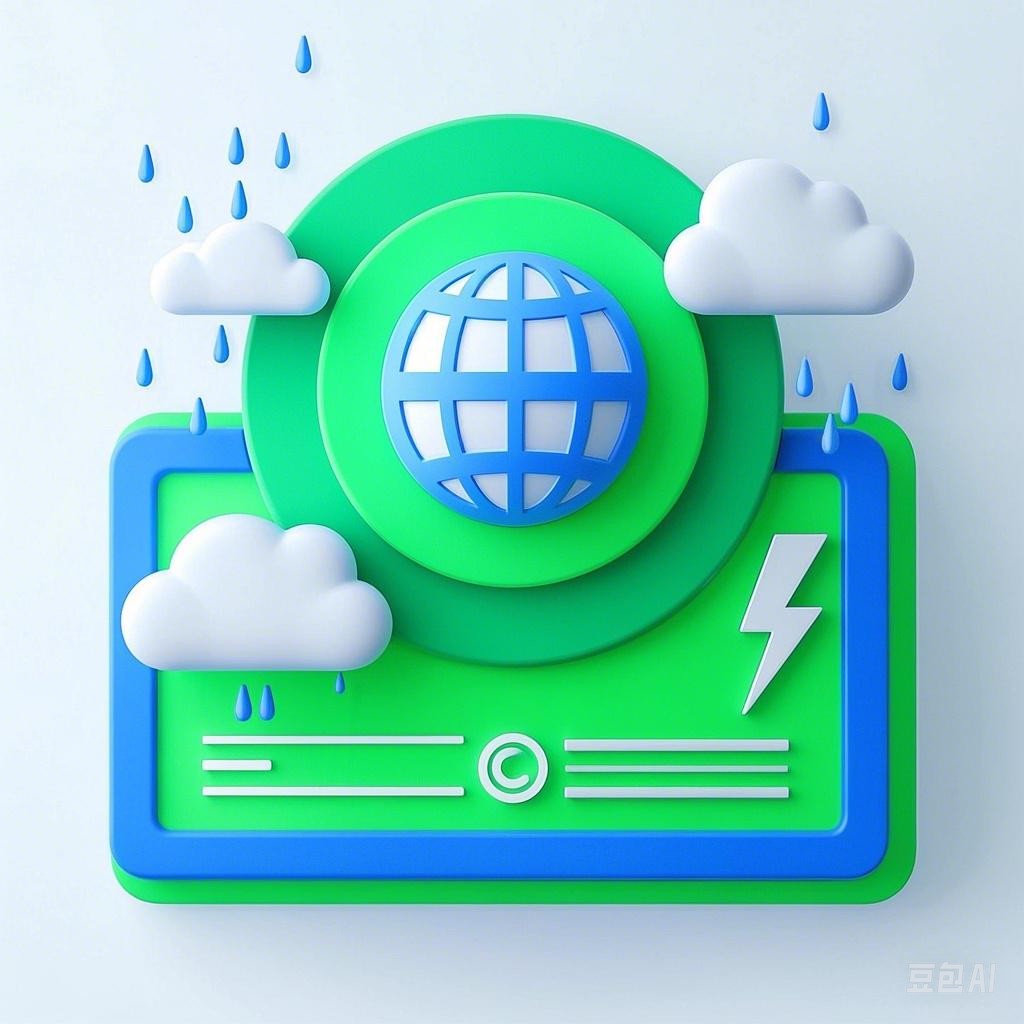Introduction
Extreme weather events, such as hurricanes, floods, droughts, and heatwaves, have been increasing in frequency and intensity in recent years. These events pose significant challenges to human societies, economies, and ecosystems. Understanding the causes behind this climate chaos is crucial for developing effective strategies to mitigate and adapt to these changes. This article delves into the fundamental factors contributing to extreme weather phenomena, exploring the complexities of climate science and the interplay between natural and human-induced factors.
The Basics of Climate and Weather
Climate
Climate refers to the long-term patterns of weather conditions in a specific region. It is determined by various factors, including latitude, altitude, ocean currents, and atmospheric conditions. Key components of climate include temperature, precipitation, humidity, wind patterns, and cloud cover.
Weather
Weather, on the other hand, refers to the short-term atmospheric conditions in a specific area. It is influenced by local factors such as topography, proximity to water bodies, and local weather systems. Weather conditions can change rapidly and are often unpredictable.
Natural Causes of Extreme Weather
Ocean Currents
Ocean currents play a crucial role in distributing heat around the globe. The North Atlantic Drift, for example, helps regulate temperatures in Europe and North America. Changes in these currents, such as the slowing of the North Atlantic Drift, can lead to extreme weather events in these regions.
Volcanic Activity
Volcanic eruptions release large amounts of gases and particles into the atmosphere. These particles can reflect sunlight back into space, cooling the Earth’s surface. While volcanic activity is a natural process, large eruptions can have significant impacts on climate and weather patterns.
Solar Variability
The Sun’s energy output varies over time, which can influence Earth’s climate. Solar minimums, periods when the Sun has fewer sunspots, can lead to cooler temperatures on Earth. Conversely, solar maximums, with more sunspots, can result in warmer temperatures.
Human-Induced Causes of Extreme Weather
Greenhouse Gas Emissions
Human activities, particularly the burning of fossil fuels, have significantly increased the concentration of greenhouse gases in the atmosphere. These gases trap heat, leading to global warming and contributing to extreme weather events.
Deforestation
Deforestation reduces the number of trees that absorb carbon dioxide, a greenhouse gas. This leads to higher levels of carbon dioxide in the atmosphere, exacerbating global warming and contributing to extreme weather events.
Urbanization
Urbanization increases the concentration of heat-trapping surfaces, such as roads and buildings, which can lead to the urban heat island effect. This effect can amplify the intensity of heatwaves and other extreme weather events.
The Interplay Between Natural and Human-Induced Factors
The causes of extreme weather are complex and often involve a combination of natural and human-induced factors. For example, the warming of the Arctic due to global warming has led to the melting of sea ice, which in turn affects ocean currents and weather patterns. This interplay can create a feedback loop, where natural and human-induced factors reinforce each other, leading to more extreme weather events.
Mitigation and Adaptation Strategies
To address the causes of extreme weather, it is essential to implement both mitigation and adaptation strategies.
Mitigation
Mitigation involves reducing greenhouse gas emissions and addressing other human-induced factors that contribute to climate change. This can include transitioning to renewable energy sources, improving energy efficiency, and promoting sustainable land-use practices.
Adaptation
Adaptation involves preparing for and responding to the impacts of climate change. This can include building resilient infrastructure, developing early warning systems for extreme weather events, and implementing drought-resistant agricultural practices.
Conclusion
Understanding the causes behind climate chaos is essential for developing effective strategies to mitigate and adapt to the impacts of extreme weather events. By addressing both natural and human-induced factors, we can work towards a more sustainable future, where we can better cope with the challenges posed by climate change.
